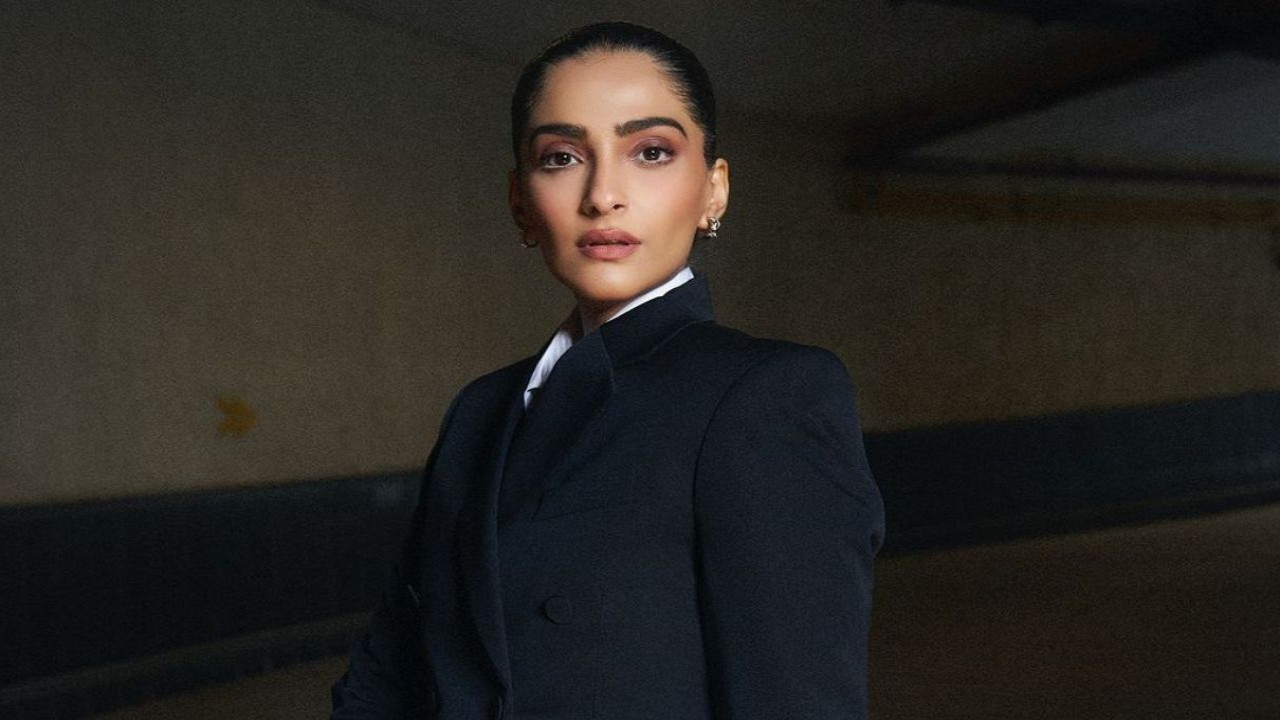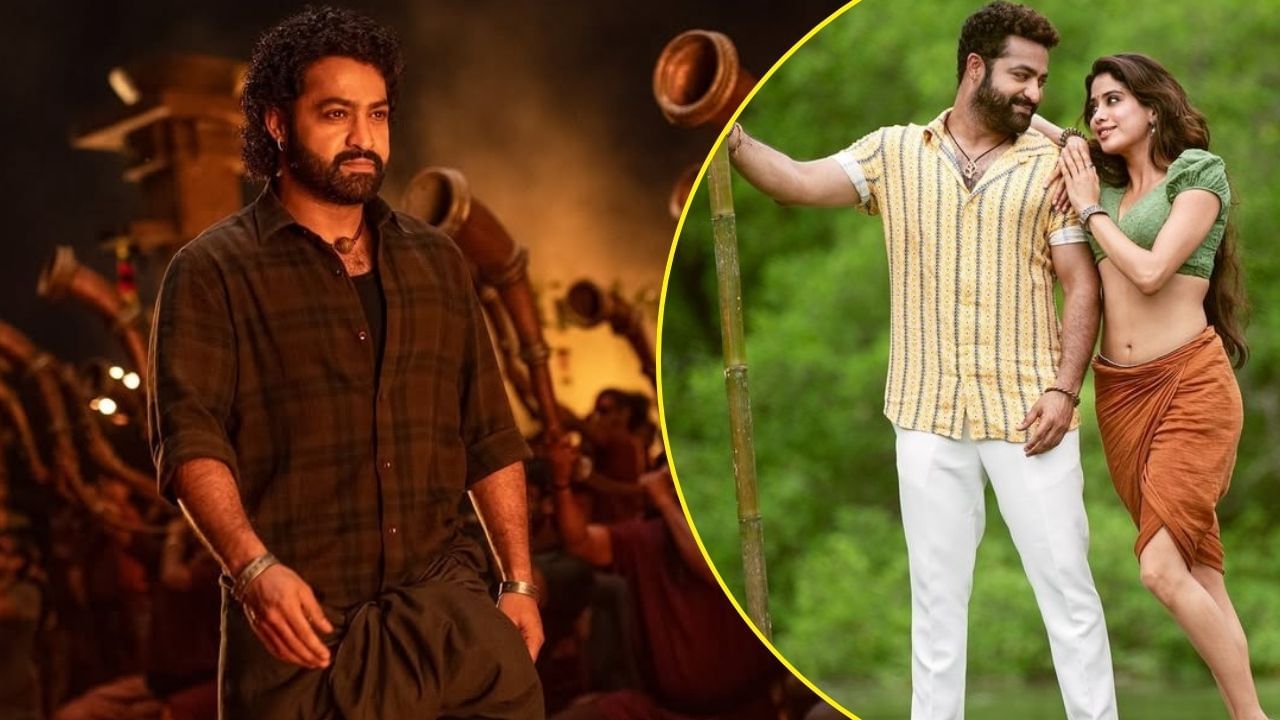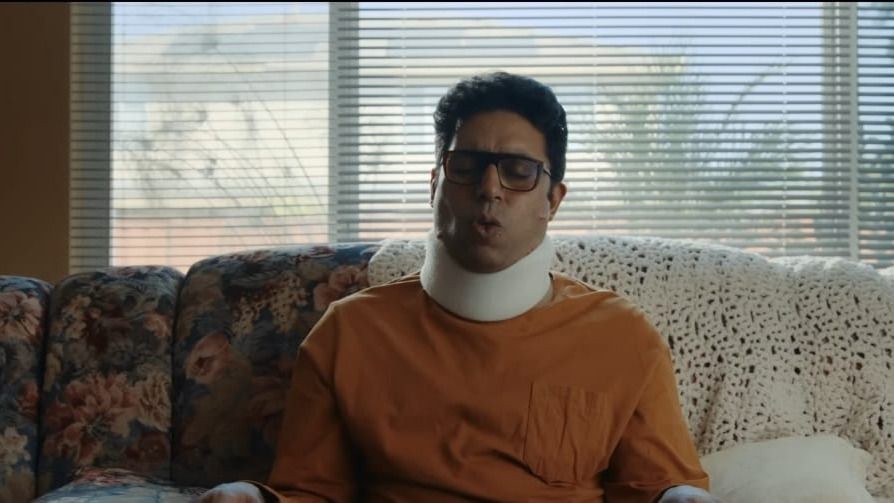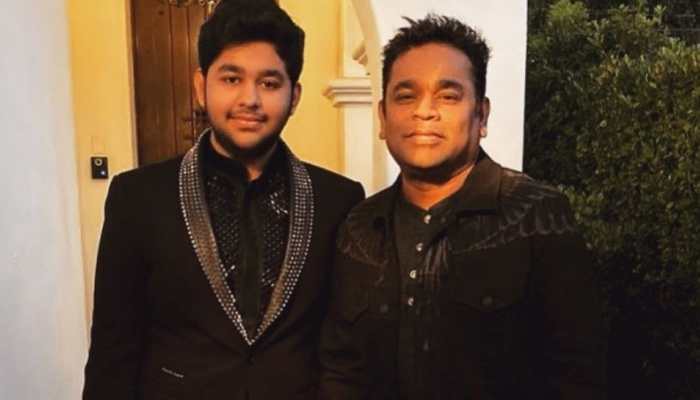Today, perhaps very few people know that folk singer Sharda Sinha started her career in the world of art with classical dance. He was very fond of dancing. He had no great attraction towards folk singing. In childhood, he was fond of becoming a classical dancer. The surprising thing is that around the sixties, she had learned the difficult Manipuri classical dance and also used to perform. Once in Patna, her dance program was also organized in front of the then President Sarvepalli Radhakrishnan. Sharda ji was very young then. Sarvepalli Radhakrishnan ji had come as a special guest in the special event of Bharatiya Kala Mandir, Patna.
When I did an interview with Sharda Sinha after receiving the Padma Bhushan award, she had told that she was very fond of the expressions part of dance. The way artists express their feelings during dance has attracted a lot of attention in his mind. He had said that he loved watching the dance moves and imitating them. But as far as the journey from dance to folk music is concerned, according to him it was not a conscious move. It happened automatically.
From Manipuri dance to folk singing
Sharda Sinha believed that dance, songs, music and instruments are all a part of art and cannot be separated. Manipuri dance is very difficult, whether its audience or its fans; Was not in Bihar-UP then. On the other hand, the natural expression of the folk culture that we lived probably had to be in folk singing. The expressions learned in Manipuri dance also got reflected in our folk singing.
Sharda Sinha had said in that interview that if I had made a career in dance, then perhaps I would have had to struggle more to make a place in the world of dance than the social struggle I had to face in making a career in music. This is the truth of what people think in the society. It is not hidden from anyone how the feudal social system of Bihar was in the sixties and seventies. In that feudal thinking environment, it was a revolutionary decision for a girl from a landlord family to come out and sing on stage and make a career out of it.
Not only classical, but also for laborers
Sharda Sinha’s father used to inspire her to listen to good and melodious music. He had special love for ragas like Raga Bhairavi, Ragadesh or Malhar. But among the artistes, she used to listen to Shobha Gurtu a lot. She has been a big fan of Begum Akhtar. He also liked listening to Pandit Bhimsen Joshi. She was very impressed by his Kirana Gharana’s singing. Pt. Jasraj’s bhajans were very dear to him. Apart from these, she has been a fan of Ustad Rashid Khan’s ghazals.
But apart from these classical singers, she also used to listen to songs from farmers, laborers and farmers of the rural society. He had assimilated folk songs into his life. If any buffalo herder in the village sang something, she would call him and listen to him. She praised his singing. He had said in the conversation – The voices of farmers and farmers are very natural. He did not learn to play the flute while sitting on a buffalo, he learned to play by practicing himself. At that time, I used to call such singers and listen to them. All this had an impact.
Was fond of animal and bird sounds
Since Sharda Sinha’s early life was spent in a village environment, she lived that environment. I had seen very closely the way in which the sounds of animals and birds were heard in the village, the taunts of farmers and shepherds, or the songs sung on the occasion of marriages and other festivals. A glimpse of all of them can be seen in Sharda Sinha’s folk songs and her singing. An example of this is one of his famous songs- The cuckoo cannot sleep without a garden, king… Etcetera.
Although Sharda Sinha said that she always listened to only classical music, she also learned classical music, but since our life was so close to the village society, all that classicality got converted into folk music and came out, which today people call Sharda Sinha’s folk singing. Are.
How was classical music composed of folk songs?
It is not very easy to give a classical basis to folk songs. There are big challenges in this. People should like it, it should be pleasant to listen to and it should also stand the test of classicism. For this, Sharda Sinha made a new experiment of fusion of classical with folk songs. In fact, regarding the age-old tradition of singing in groups of women on special occasions like weddings, marriages or other festivals in village homes, she believed that it was not necessary to have music in it. The classical method of ascent and descent was not given importance. Women used to sing them somehow on joyous occasions.
She used to say – In those songs, at some places the breath is breaking and at some places the voice is disintegrating. Since I learned classical music. My brother got married. And there was singing at the time of opening the door. The women of the house jokingly asked him to learn the song Dwar Chhekai. But it was very difficult for me. Because by singing the song the way the women used to sing it as it was, I felt that people were not able to hear the words properly. How will people understand this? After which I decided to sing it in my own way. Sung that song with a touch of classicality.
In this way, Sharda Sinha had refined many folk tradition songs while maintaining their originality and made them presentable. Any song acquires immortality when it is associated with classical music. That is why Sharda Sinha’s folk songs are immortal today.
Also read: I want to run a cleanliness campaign in Bhojpuri songs… Folk singer Sharda Sinha’s wish remained unfulfilled!





